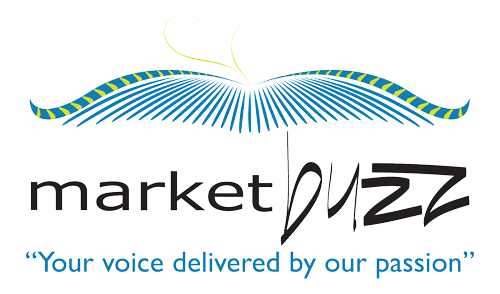Over the past few days, I have been leafing through Deirdre Breakenridge’s newest book , “PR 2.0: New Media, New Tools, New Audiences.” Indeed, an interesting topic, especially in these times of economic slowdown. In his book, Deirdre talks about what PR 2.0 is all about, the kind of communication resources available out there, getting started with 2.0 research, reaching the wired media for better results, better PR monitoring, using video and audio for enhanced PR coverage, charting out a PR 2.0 plan, and more.
Those who don’t know what PR 2.0 is all about, here’s a quick backgrounder. Brian Solis, a public relations executive, author and frequent speaker about the convergence between traditional media and social media, coined the phrase “PR 2.0” in the late 1990s. According to Brian, PR 2.0 is all about “putting the public back in public relations.”
Deirdre writes in his book that PR 2.0 is not just about good communication; it’s about finding the path to the conversations. He also adds that travelling the PR 2.0 path will allow PR agencies to directly reach and communicate with people who will influence decisions and ultimately help carry the brand you represent forward.
However he also points out that for many, “getting social on the web” means having a MySpace page. It in fact is far beyond that! Getting social on the web is really the defining difference between Web 1.0 and Web 2.0. In the first generation of the web, it was all about providing information to readers – the web was a one-way street. Web 2.0 is all about the user and giving the user a voice – thus making it a two-way street.
PR 2.0 tools go beyond traditional ways to measure PR, such as counting news clippings, to include new PR metrics
and advanced methods for measuring PR, such as improving communications with bloggers, generating publicity in bogs, building awareness with opinion leaders, getting inbound links to landing pages, and increasing internet traffic to the website.
There are many types of social tools on the web and each category has a different focus:
- Social Networking is probably the most widely known Web 2.0 term. From MySpace to Facebook, LinkedIn, and other similar sites, the focus of social networking is to connect you with others – your friends, people with similar interests, potential employers, and then give you the opportunity to find more connections as your profile grows.
- Social Bookmarking (like del.icio.us, Furl, Ma.gnolia) sites allow you to organize your favorite sites, tag them for keywords, and keep them all in one place. Very handy. However, what makes these sites social, is the ability for you to share them with others.
- Social Recommendation sites combine the best of social networking and bookmarking to create user generated recommendation sites. Sites like Digg, Netscape and StumbleUpon encourage users to submit items they like and then give others the opportunity to vote on them. There are also a large crop of smaller niche sites like BizzBites, Sk*rt, Babblz, BUMPzee and such that are evolving to cater to the specific needs of certain audiences.
- Social Content sites include Flickr, YouTube, and wikis to name a few. These are sites where users create and manage the content from photos to videos, information on a topic, and everything in between.
- Other sites such as MyBlogLog, Technorati, and Blog Catalog give users the ability to network, bookmark and recommend all under one handy roof.
Obviously these are just the tip of the iceberg! You might want to check out Go2Web20.net for an amazing visual directory of Web 2.0 sites!


